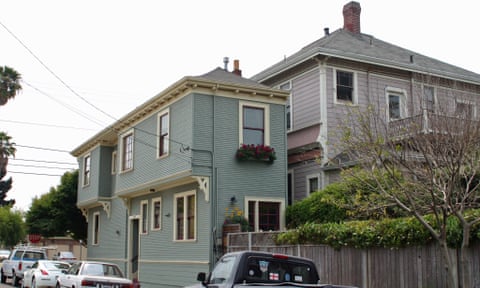“Spite buildings” are constructions specifically intended to irritate or protest: our smallest human pettiness made manifest in bricks, mortar and a reckless disregard for planning laws. Their origins are often disputed, occasionally embellished and usually entertaining, revealing tales of spurned lovers, fraternal feuds and vengeance. Below we highlight a few of the most famous of these “malicious erections” (sorry).
Kavanagh Building, Buenos Aires, 1936

- Photograph: Alamy
At 33 floors, this art deco skyscraper was for a time the tallest building in South America. Corina Kavanagh, a millionaire of Irish descent who had made her money from property deals, was engaged to a member of the aristocratic Anchorena family. The “old money” family disapproved of a relationship with a “new money” woman, and the couple were pressured into separating. Kavanagh vowed revenge. The Anchorenas lived in a local palace (now home to the Argentine foreign ministry) and had built a private church nearby, so Kavanagh instructed an architect to design a skyscraper that would block the Anchorenas’ view of their church.

Inat Kuca (Spite House), Sarajevo, 1879
- Photograph: Alamy
When the Austro-Hungarian empire took control of Sarajevo in 1878, it set about erecting buildings in prime locations, including a planned new town hall on the banks of the river Miljacka. One problem: a man named Benderija who lived by the river refused to leave his home. Eventually Benderija cut a deal: he would leave in exchange for a giant bag of coins and a promise that his home would be moved brick by brick to the opposite bank of the river. It was said the old man sat each day on a nearby bridge smoking and carefully observing the relocation. The building soon became a symbol of Bosnian defiance, and is now home to a restaurant popular with tourists.
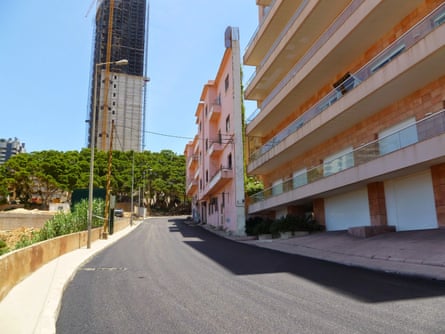
Al Ba’sa (The Grudge), Beirut, 1954
- Photograph: Sandra Rishani
Perhaps unsurprisingly, feuding brothers are one of the most common sources of spite buildings around the world. This grudge building was reportedly ordered by a man intent on ruining the sea view – and with it the value – of his brother’s adjoining property. Just 60cm wide at its narrowest point, it remains the thinnest habitable building in Beirut.
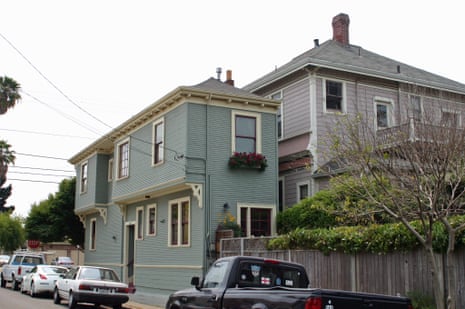
Alameda spite house, Alameda, 1908
- Photograph: Elf
Amid lax regulations and a pervading spirit of self-enrichment (and screwing your fellow citizen over), the turn of the 20th century in the US was a golden age for spite buildings. In 1908 the city of Alameda in the San Francisco Bay Area was expanding. The story goes that the city requisitioned two-thirds of a plot of land belonging to Charles Froling, a carpenter, with the help of Froling’s neighbour, and paved a road. The embittered Froling took revenge on the neighbour by constructing a three-metre-wide, 16-metre-long house on the thin slice of land he had left.
Montlake ‘pie house’, Seattle, 1925

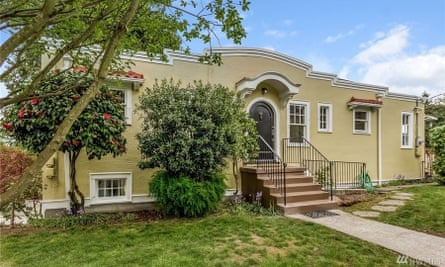
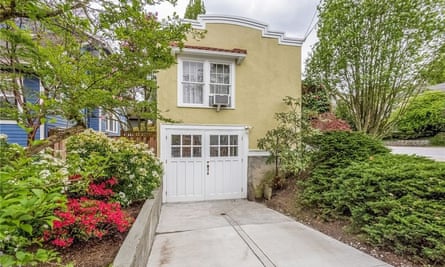
- Photographs: Planomatic
There are often competing origin stories for spite buildings, and this tiny Seattle house has several. The best centres on an inequitable divorce settlement. A judge awarded the separating couple’s house to the husband, while the wife had to settle for the front garden. In protest the wife constructed a house on the sliver of land, in the shape of a slice of pie,with a tiny room only 1.4 metres wide at one end.
Candy-striped townhouse, London, 2015

- Photograph: PA
Better-established planning laws (as well as a British preference for more indirect aggression) means there are few examples of spite buildings in the UK. But property developer Zipporah Lisle-Mainwaring made headlines when she gave a garish red and white paint job to her Kensington townhouse after neighbours objected to her plans to demolish and rebuild the property. Lisle-Mainwaring denied the redecorating was conducted in revenge – and eventually won permission to flatten her home.
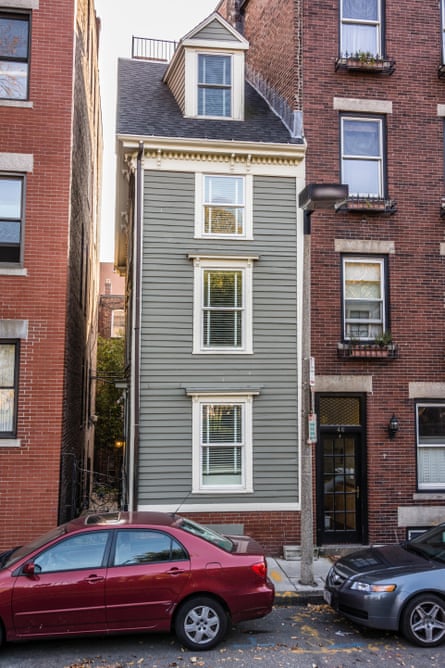
Skinny House, Boston, 1874
- Photograph: Alamy
More feuding brothers, this time a pair believed to have inherited a plot of land from their father. One of the men returned from fighting in the American civil war to find his brother had built a house taking up most of the plot of land. So he quickly constructed his own skinny house on the remaining land, blocking out the sunlight and his brother’s view in the process. The four-storey house is a little over nine metres deep and just three metres wide, and is now a beloved local fixture.

Plum Island beach house, Newburyport, 1925
- Photograph: Getty Images
A woman is said to have consented to a divorce from her husband only if he would build for her an exact duplicate of the home they shared in Massachusetts. Crucially, she didn’t specify where it should be located. So her charming husband built the house on a lonely spot amid the salt marshes of Plum Island, far from running water and human contact. The house has become a local icon and recently sparked a campaign to save it when it fell into disrepair.
Townhouse, Alexandria, Virginia, 1830
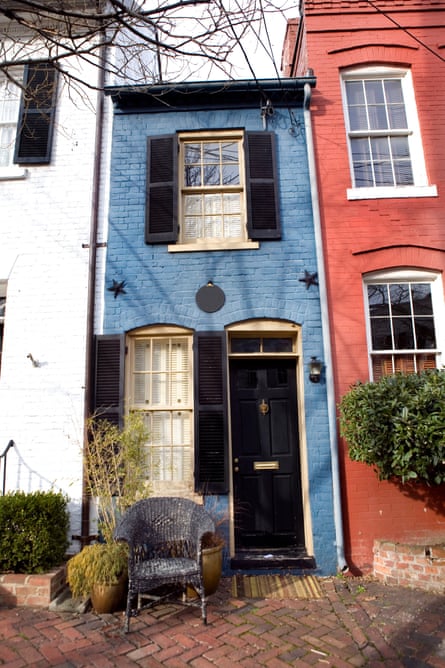
- Photograph: Getty Images
John Hollensbury was a Virginian brickmaker and city council member. He raged against the horse-drawn wagons that would clatter through the alley next to his house, scraping the wall as they passed. His solution: get rid of the alley by filling it with a tiny elongated house - two storeys tall, less than eight metres deep and just over two metres wide.
Freeport ‘miracle house’, New York, late 19th century
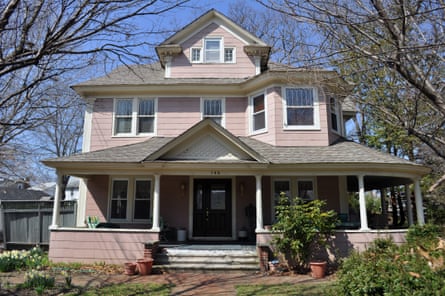
- Photograph: By Polylerus - Own work, CC BY-SA 4.0
The developer John Randall hated the planners who wanted the booming village of Freeport to be laid out in a grid system. Determined to thwart their plans, he constructed a house on a triangular plot, reportedly in a single day, a feat that earned the property the nickname “the miracle house”.
Spite house, Virginia City, 1950s
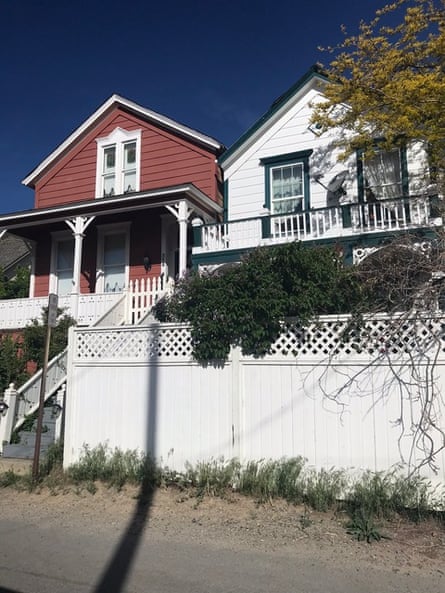

- Photographs: Virginia City
The story of this Nevada spite house centres on a bitter squabble between two silver miners in the 1950s. When one of the men built his family home on a residential street, the other decided to buy up the plot of land next door, and then relocated his own home brick by brick mere inches away.

Planting Peace Equality House, Topeka, 2013
- Photograph: Corbis via Getty Images
Remember the Westboro Baptist church? Its members gained infamy in recent decades picketing the funerals of dead American soldiers and generally spreading hate-filled lunacy, with much of their ire directed at the LGBT community. So charity founder Aaron Jackson decided to buy a house across the street from the church’s compound and painted it in the rainbow colours of the pride flag.
Follow Guardian Cities on Twitter, Facebook and Instagram to join the discussion, and explore our archive here.
